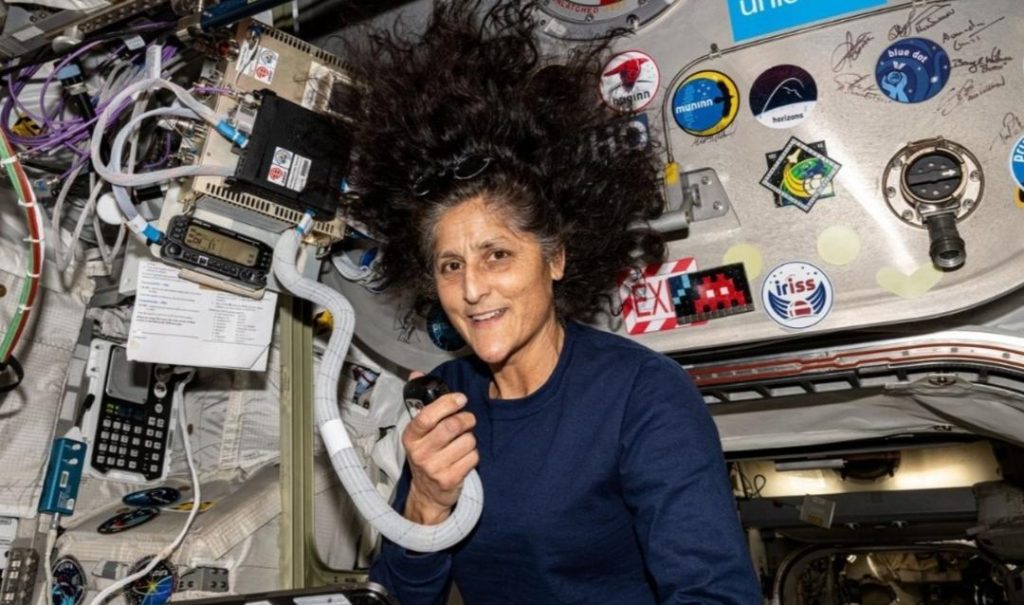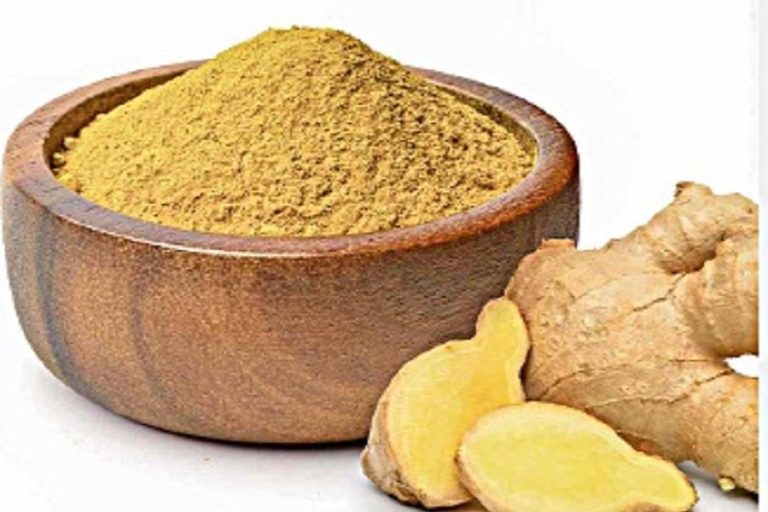
What Scientific Milestones Were Achieved by Sunita Williams and Her Team?
On April 27, 2020, NASA listed scientific milestones achieved by the crew of Expedition 62, comprising astronauts Nick Hague, Butch Wilmore, Sunita Williams, and cosmonaut Aleksandr Gorbunov aboard the International Space Station (ISS). The crew’s work was dedicated to advancing scientific knowledge in various fields, including plant biology, Earth observation, and medical research. In this blog post, we will delve into the remarkable scientific milestones achieved by Sunita Williams and her team.
Plant-Related Studies
One of the primary areas of focus for the crew was plant-related studies. The scientists conducted experiments to understand how plants grow and respond to microgravity, which is essential for developing sustainable food production systems for future space missions. The team studied the effects of microgravity on root growth, seed germination, and plant development, which can provide valuable insights for improving crop yields on Earth.
Urban Growth and Climate Change Monitoring
Butch Wilmore, one of the astronauts, spent a significant amount of time capturing thousands of images of Earth from the ISS. These images were used to monitor urban growth, climate change, and natural disasters from space. The high-resolution images provided a unique perspective on the impact of human activity on the environment and the effects of climate change on our planet.
3D Printing of Implantable Medical Devices
The crew also tested the feasibility of 3D printing implantable medical devices in microgravity. This experiment aimed to develop novel surgical techniques and implantable devices that can be used to treat patients on Earth and in space. The success of this experiment can revolutionize the field of medical research and provide new treatment options for patients.
Astronaut Health and Fire Safety
In addition to these scientific milestones, the crew also conducted research on astronaut health and fire safety. The team studied the effects of space travel on the human body, including the impact of microgravity on bone density, muscle mass, and vision. The researchers also tested new fire safety equipment and procedures to ensure the safety of future space missions.
Conclusion
The scientific milestones achieved by Sunita Williams and her team on the ISS are a testament to the importance of space research and its potential to benefit humanity. The crew’s work has contributed significantly to our understanding of plant biology, Earth observation, and medical research. As space agencies continue to push the boundaries of space exploration, it is essential to recognize the crucial role that scientific research plays in advancing our knowledge and improving our daily lives.
Source:






